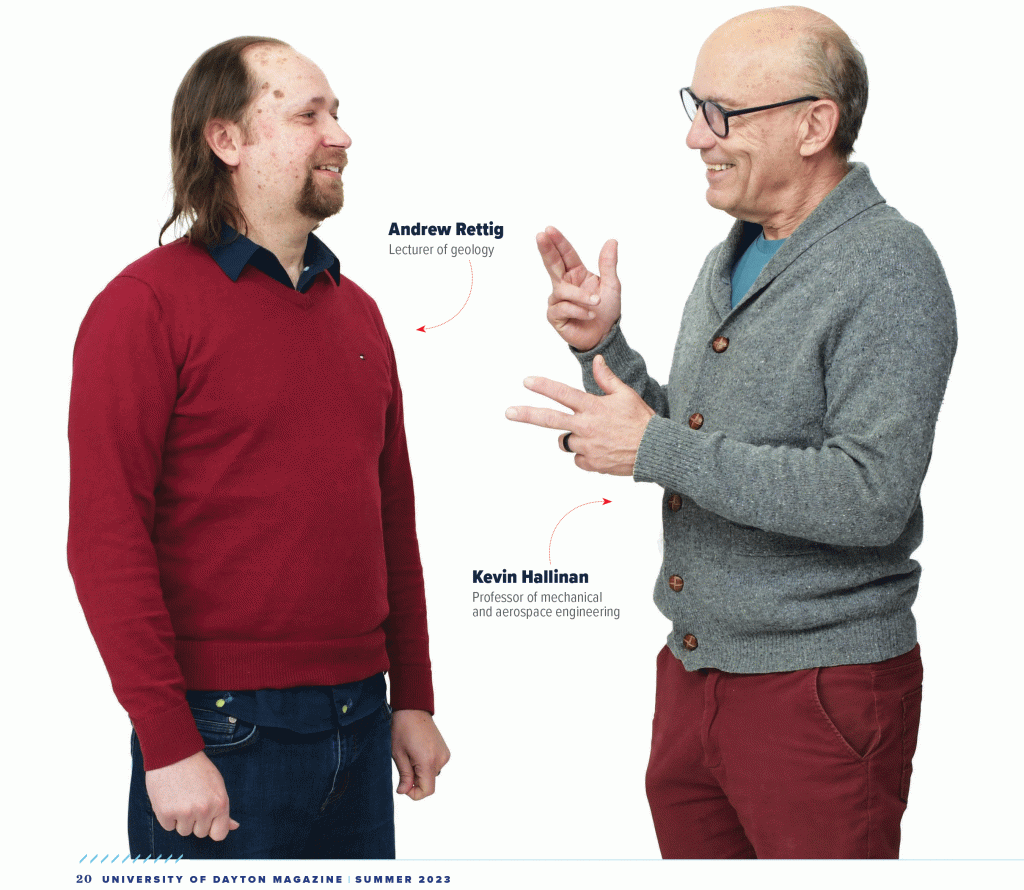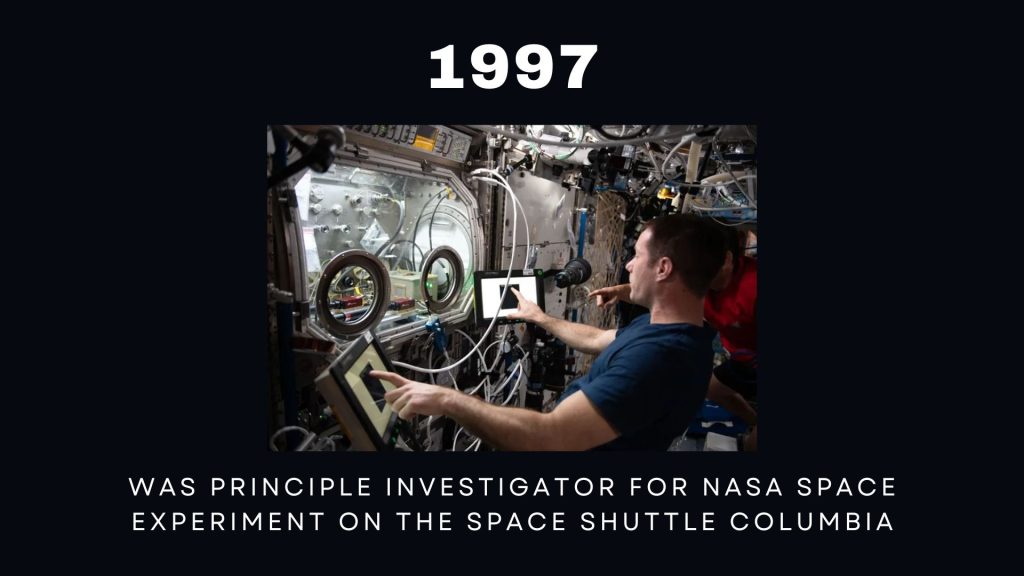
When I reflect on my life, I see a collection of experiences, passions, and quirks woven together like a sculpture in the sand. My new book, The End of the University as We Know It in an AI Age, is deeply connected to the same themes that have defined my career, my artistry, and my relationships. In many ways, the journey of writing it mirrors the eclectic, curious, and interconnected way I’ve approached life. So here are five fun facts about me—and how they all tie back to my book.
1. I’m a Sand Sculptor Who Lets the Waves Take It All Away
I have always been a sculptor, though my primary medium is sand. Every year, I find myself on a beach somewhere, asking the sand what it wants to become. Over the years, my creations have evolved—from animals and plants to whimsical furniture and even deeply symbolic art, like the time I sculpted myself in a cage while reflecting on the migrant crisis and my own internal barriers.

What does this have to do with my book? Everything. Sand sculpting is about creation, impermanence, and transformation—much like the state of higher education today. We are tasked with reimagining learning in the age of AI, knowing that many of our traditional systems will wash away. But with that impermanence comes opportunity. Just as the tide clears the beach for new creations, AI offers us the chance to rethink and rebuild a more equitable, student-centered system of education.
2. NASA Once Trusted Me to Design an Experiment
For nearly a decade, I had the privilege of working with NASA, contributing to an experiment that flew on Space Shuttle Columbia in 1996. Collaborating with astronauts and mission specialists to design and execute an experiment was exhilarating and humbling—after all, failure wasn’t an option when your work was bound for space.

This experience taught me the value of collaboration, precision, and curiosity, themes that also underpin my book. AI, like space exploration, requires us to boldly go where no educator has gone before. It’s about asking big questions, testing hypotheses, and being unafraid of the unknown. And much like a space mission, the stakes are high—but the potential rewards are astronomical.
3. I’ve Attended 55 Weddings (So Far)
Over my career, I’ve been invited to 55 weddings—attending every single one of them. For me, this isn’t just a fun fact; it’s a reflection of the relationships I’ve built with students and colleagues. These invitations are a symbol of trust, connection, and the joy of celebrating life’s milestones with people who have inspired me.
This relational aspect of my life mirrors one of the central themes of my book: education is about connection. AI may revolutionize how we deliver knowledge, but it will never replace the bonds that form between educators and learners. These bonds are what inspire creativity, critical thinking, and the kind of learning that lasts a lifetime. My students have always been my greatest teachers, and my book is, in many ways, a tribute to them.
4. Young People Keep Me Hopeful (Even When I Lose Optimism)
When I started teaching at the University of Dayton, I remember thinking, Wow, I get paid to do this! That sense of awe never went away. Young people have continually inspired me with their ideas, energy, and resilience. Even in the face of climate crises, political instability, and now the disruption of AI, I remain hopeful because of them.
In The End of the University as We Know It, I explore how AI can empower this next generation to tackle the world’s biggest problems. I see AI as the greatest force for equity we’ve ever known—an opportunity to give every student access to the tools and knowledge they need to thrive. Yes, there are risks, but my hope lies in the young people who will wield this technology with creativity and purpose.
5. I Believe Everything Is Connected
Whether it’s sculpting sand, mentoring students, or designing space experiments, I’ve always believed in the interconnectedness of all things. This belief is at the heart of my book. The challenges we face—climate change, AI-driven disruption, and the erosion of traditional institutions—are not isolated. They are deeply linked, and solving them requires a holistic, collaborative approach.
Education, as I see it, is the ultimate connector. It bridges disciplines, cultures, and generations. My book advocates for an AI-driven education system that doesn’t just deliver knowledge but fosters the kind of systems thinking we desperately need. We must prepare students not just for jobs but for lives of meaning, impact, and connection.
Bringing It All Together
So there you have it: sand sculptor, NASA collaborator, wedding enthusiast, youth advocate, and believer in the power of connection. These fun facts might seem unrelated at first glance, but they’re all tied to the themes of my book. At its core, The End of the University as We Know It in an AI Age is about transformation—of education, of society, and of ourselves.
Just as I ask the sand what it wants to be, I hope this book will inspire readers to ask: What could education be? What could our future look like if we embrace change with creativity and compassion? The waves of change are coming, but I believe we have the tools—and the hope—to sculpt something extraordinary.